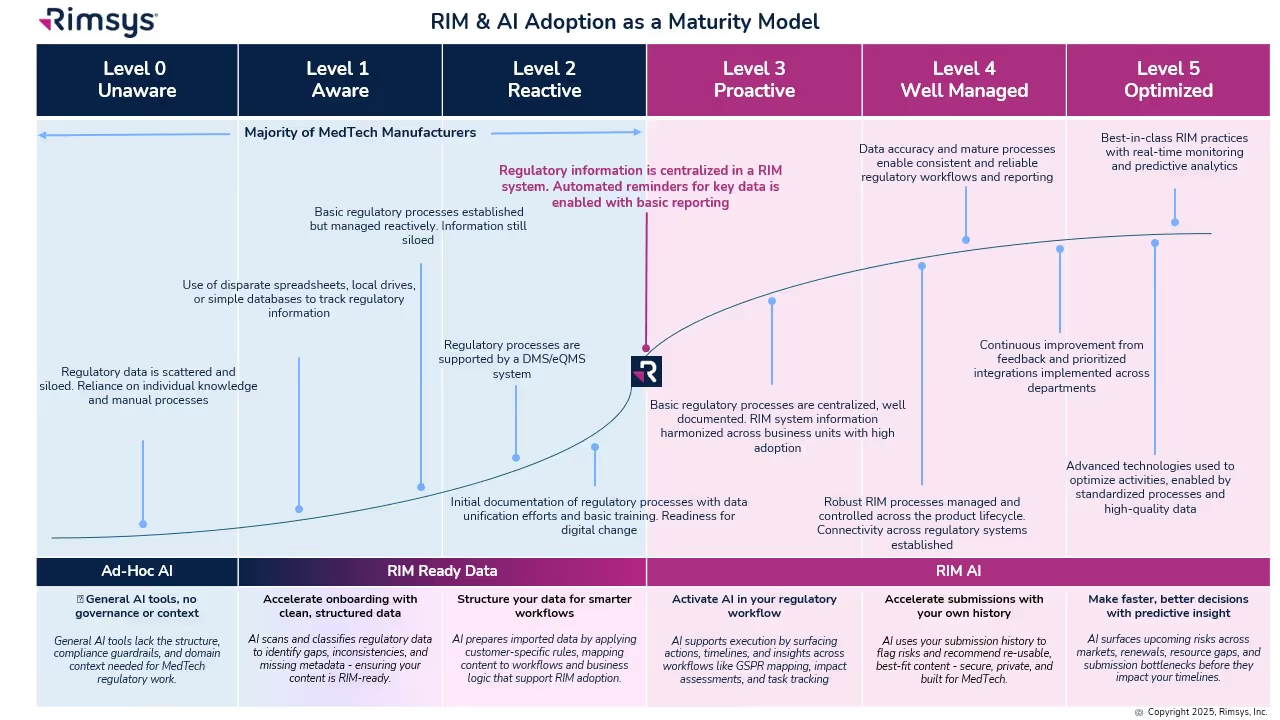
What is STED?
The STED, or Summary of Technical Documentation, format was created originally by the Global Harmonization Task Force (GHTF), the precursor to the current International Medical Device Regulators Forum (IMDRF). The original STED format, defined in 2007, was the first attempt to harmonize medical device submission information and standardize the information required under the EU MDD and regulations in other countries.
As medical devices and corresponding regulations developed more stringent regulations that defined their market access submissions, regulators found that this original harmonized format did not require sufficiently detailed technical information, nor did it provide enough structure. As a result, more recent regulations have replaced STED with expanded requirements. Note that some in the industry may refer to “STED” when discussing the newer requirements that have replaced it.
Is STED still valid?
Technical documentation formatted using STED may come close to meeting current requirements in some cases. However, many major markets have updated their regulations and requirements for technical documentation, or they have standardized on MDR. EU notified bodies expect MDR technical files, which may have specific requirements depending on the notified body that a manufacturer is using.
In addition to MDR in the EU, we have seen other countries over the past few years make changes to their regulatory systems and requirements, including:
- New regulations in China based on IMDRF in June, 2021 (Order #739)
- Emerging regulations in Canada and Brazil that are currently based on the IMDRF ToC
- New Regulations for Saudi Arabia that closely resemble EU MDR
- Massive regulatory restructuring in ASEAN market
What has replaced STED?
STED has been replaced by the IMDRF Table of Contents (ToC) submission dossier. This submission template has more defined requirements than STED and we are seeing countries update their regulations to adhere closely to the IMDRF ToC. There are a few additional benefits to the IMDRF ToC:
- Additional Flexibility - The IMDRF ToC has a specific numbering structure for technical requirements that allow authorities to “pick and choose” requirements based on submission type and risk classification.
- Efficiency – Countries that use the IMDRF ToC will have a matrix structure for their submissions to note what is required (R), Conditionally Required (CR), Not Required (NR) or optional (O). This can cut down on extraneous information that does not need to be in a submission. Canada already has draft guidance in place with their matrix submission style.
- Standardization – each country that follows the IMDRF ToC will number their submission document requirements with the same Table of Contents.
There are also other markets that are using alternative pathways to STED. The ASEAN market uses ASEAN CSDT (common submission dossier template), which is similar to the IMDRF ToC format, but uses different numbering. There are also two versions of the CSDT – one for standard medical devices and one for in vitro diagnostic devices.
Note that Singapore HSA has good information and is considered the “gold standard” for regulatory submission processes in the ASEAN market.
Expectations for future medical device submission requirements
We expect requirements to only get more complex and burdensome as countries move to further improve patient safety and address the needs of increasingly complex medical devices. A well-defined submission template strategy is critical to managing your device types. Within Rimsys, you can not only access standard IMDRF, NMPA, and other templates - you can design customized templates as needed for your holistic regulatory strategy.
Additional resources
Would you like to learn more about how Rimsys handles submission templates? Schedule a conversation with our experts now.
Similar posts







.avif)

